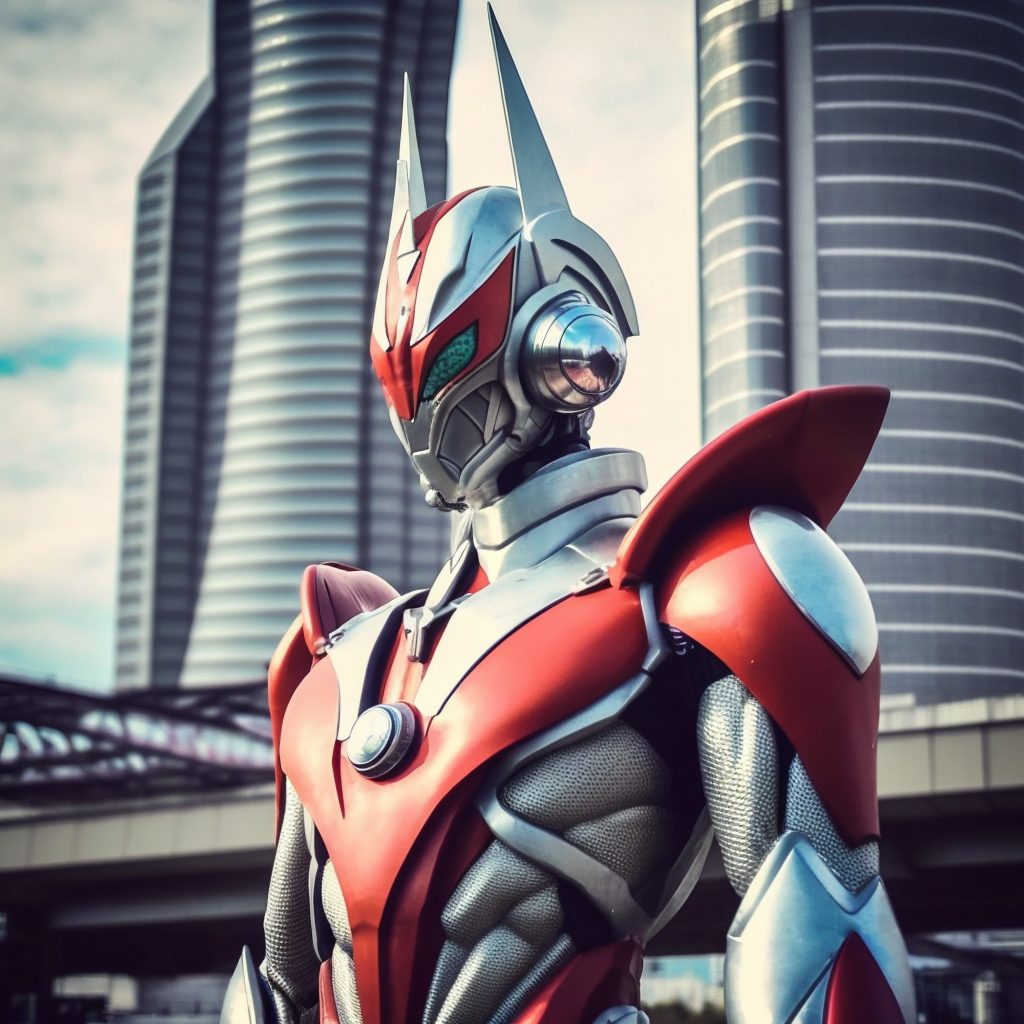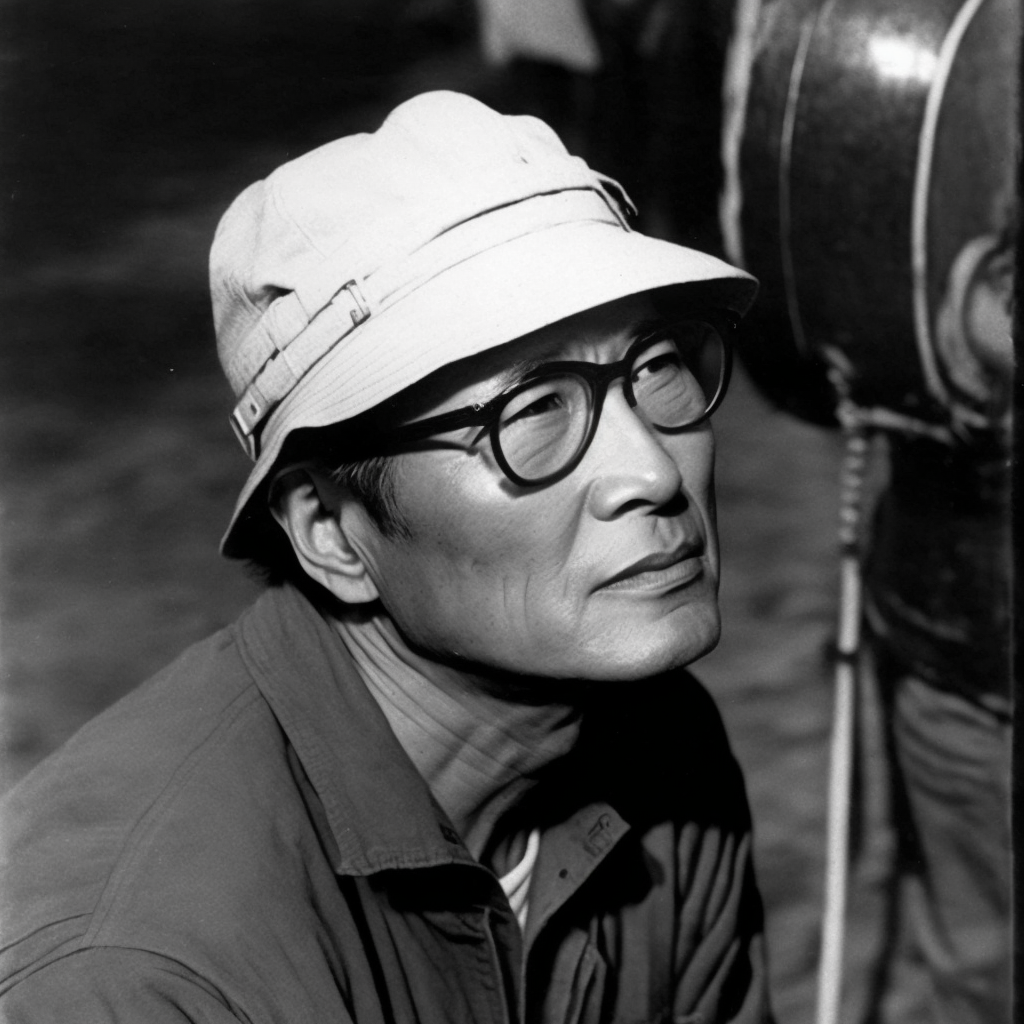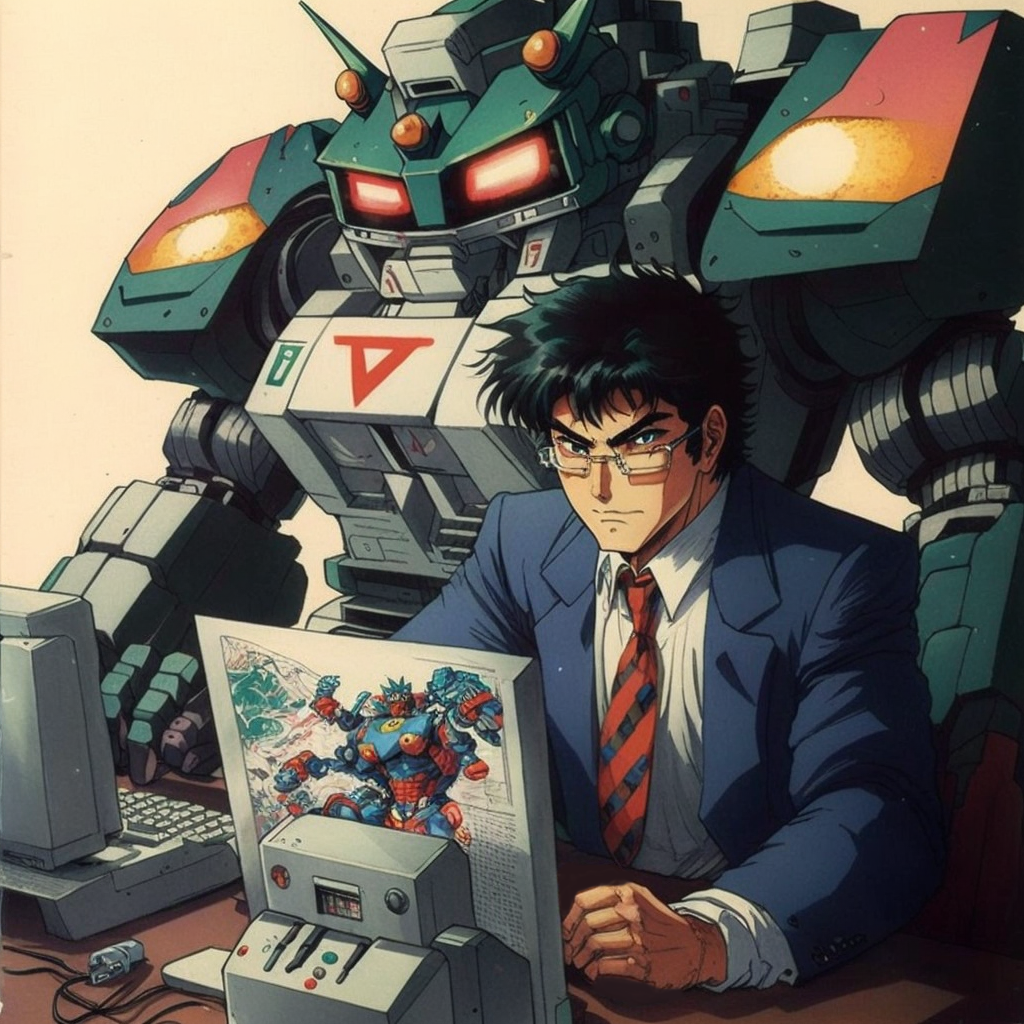The origin
Japanese lone superhero series originated at a time when children were beginning to show interest in masked heroes. Japanese producers seized the opportunity to create superhero stories that quickly gained popularity with the public.
The origin of these series was heavily influenced by American comic books and science fiction movies and by the late 1960s Japanese producers had added their own unique touch using advanced technology and futuristic costumes. The series often focused on action and adventure, with stories that captivated young viewers.
The popularity of these series quickly led to a large number of spin-off products, including toys, clothing, comics and even movies. Fans were proud to show their support by wearing T-shirts featuring their favorite heroes, and toys were highly sought after.
The Story
Japanese solo superhero series usually deal with science fiction, adventure and action themes. They focus on main characters who use their powers to protect the Earth from criminals, alien invasions, and other malevolent forces.
The stories often center on a lone hero who must face enemies more powerful than himself and solve complex mysteries. Characters often display a strong sense of honor and justice, and are determined to protect the innocent at all costs.
Series often include epic action scenes, fierce battles against villains that keep viewers on the edge of their seats. They may also include elements of comedy and romance, as well as moments of reflection on life and death, ecology and social problems.
Tokusatsu series follow a similar format for each episode. This means that the key events and structure of each episode are similar, which creates a sense of predictability and familiarity of the stories for the viewers.
It is common for Japanese solo superhero series from the 1960s to the 1980s to reuse clips to save time and money. The clips may include action scenes such as fights, explosions and car chases, as well as scenes of the hero’s transformation. However, it is important to note that this process was very common for these series, which were often produced on very tight budgets and deadlines.
The almost yearly renewal of Japanese heroes on television was driven by a mixture of factors such as budget, characters and merchandising. This contributed to the popularity of these series and their durability as a major cultural franchise.
list of solo superheroes from japanese series
- Ultraman (1966)
- Kamen Rider (1971)
- Spectreman (1971)
- Mirrorman (1971)
- Lion maru (1972)
- Iron King (1972)
- Thunder Mask (1972)
- Warrior of Love Rainbowman (1972)
- Android Kikaider (1972)
- Tetsujin Tiger Seven (1973)
- Jumborg Ace (1973)
- Fireman (1973)
- Zone Fighter, Ryūsei Ningen Zone (1973)
- Inazuman (1973)
- Robot Detective (1973)
- Denjin Zaborger (1974)
- Metal hero Gavan (1982)
- ….



